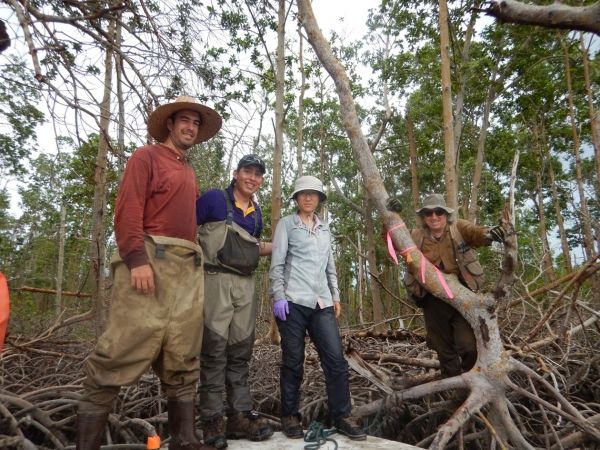That hurricanes can create sudden and dramatic changes to the landscape is obvious to anyone who lives along the Gulf of Mexico’s coast. They are powerful, high-energy destructive forces that can flood homes and fell trees, and can leave a lasting impression on all those affected by them; however, less discussed are the modifications they make to unpopulated regions, such as Florida’s Everglades National Park. In a recent paper published in the Proceedings of the National Academy of Sciences, or PNAS, researchers from different universities, including LSU, examined how Hurricanes Wilma (2015) and Irma (2017) fertilized the Florida Coastal Everglades, paradoxically facilitating mangrove wetlands recovery.
Mangrove wetlands are a critical component of the coastal landscape because they are highly productive, absorbing damaging winds and floodwater from hurricanes, sequestering carbon that otherwise would be released into the atmosphere (and contribute to climate change), and providing habitat for many species of economic importance. As any plant, mangrove trees need nutrients, such as phosphorous, to grow along the coast; however, the Everglades have a limited amount of this key nutrient, unlike Louisiana soils, which are high in phosphorous due to nutrients traveling down the muddy Mississippi River.
According to Victor Rivera-Monroy, co-author of the study and associate professor in LSU’s Department of Oceanography & Coastal Sciences, this is because “the Everglades has different geology and hydrology than other areas in the Gulf of Mexico, causing phosphorus limitation, and as a result, low plant and algae productivity. These conditions make the coastal ecosystem ‘oligotrophic,’ which means ‘nutrient limited.’”
Continue reading at Louisiana State University
Image via Louisiana State University


